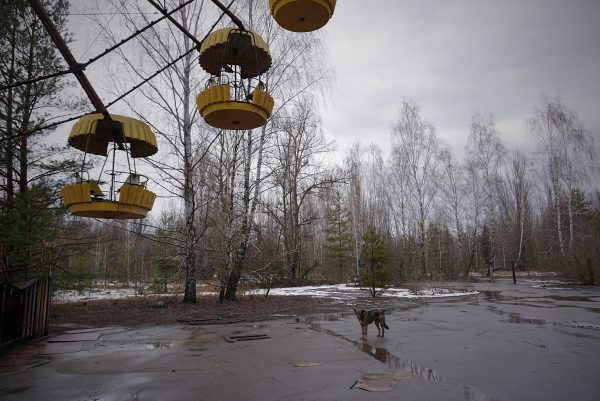
On this day, 34 years ago, the Chernobyl disaster occured in the North of the Ukrainian Soviet Socialist Republic. The disaster was a result of a combination of human error and flawed design of a reactor. Following a nuclear meltdown and subsequent explosion, the reactor was destroyed and unleashed a wave of lethal radioactive waste into the atmosphere and rained down across a huge area.
The Chernobyl disaster unleashed the largest uncontrolled radioactive release into the environment ever recorded for any civilian operation. For the following ten days, the air was quickly filled with lethal radioactive substances. Two radionuclides, iodine-131 and caesium-137, were responsible for contaminating the public with radiation. After the disaster, wind carried radioactive substance across Ukraine, Russia, Belarus, Scandinavia and Western Europe.
Whilst 31 people died in the initial accident, the incident and its horrific radioactive fallout would go on to cause a countless number of deaths across Europe and was one of the final nails in the coffin for the Soviet Union. Today, it poses a relentless environmental challenge and haunts new generations through the unnatural cases of thyroid cases amongst children in Ukraine and neighbouring Belarus.
At YPT, the Chernobyl Exclusion Zone holds a special place in our hearts. For almost ten years, we have been bringing adventurous travellers into the zone and allowing them to experience the ghostly atmosphere in places like the ghost city of Pripyat. For a number of years, we often spent the anniversary of the disaster inside the zone and until 2016, it was a day like any other.
The International Chernobyl Disaster Remembrance Day was declared by the UN and first observed in 2016 on the 30th anniversary of the disaster. Whilst not a public holiday in Ukraine, it is observed internationally. The UN invites all Member States, relevant agencies of the UN system and other international organizations to observe the day. The remembrance day comprises events around the world focused on raising awareness of the consequences of the Chernobyl disaster and the general risks of nuclear energy.
In memory of those who gave their lives to stem the catastrophic effects of the disaster and those who suffered and died through the ongoing aftereffects of the worst nuclear disaster in human history.





